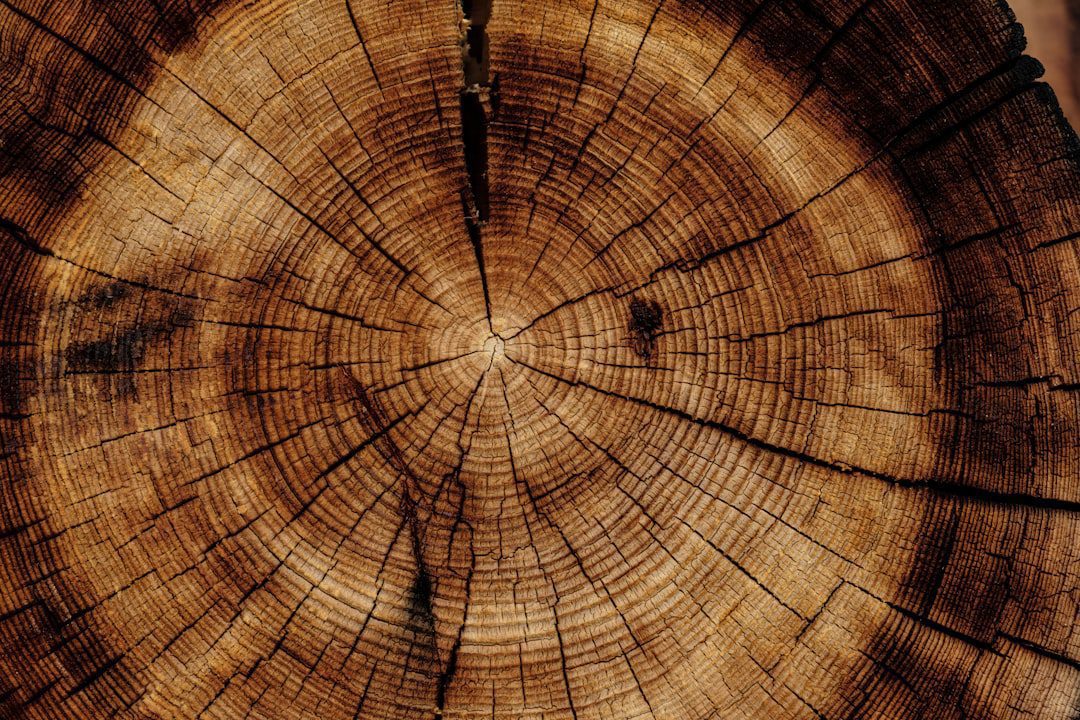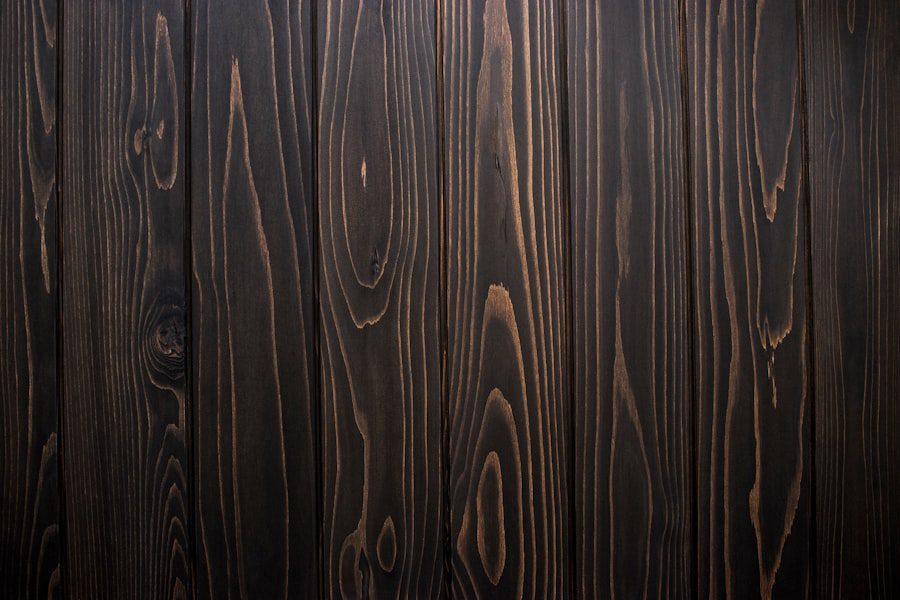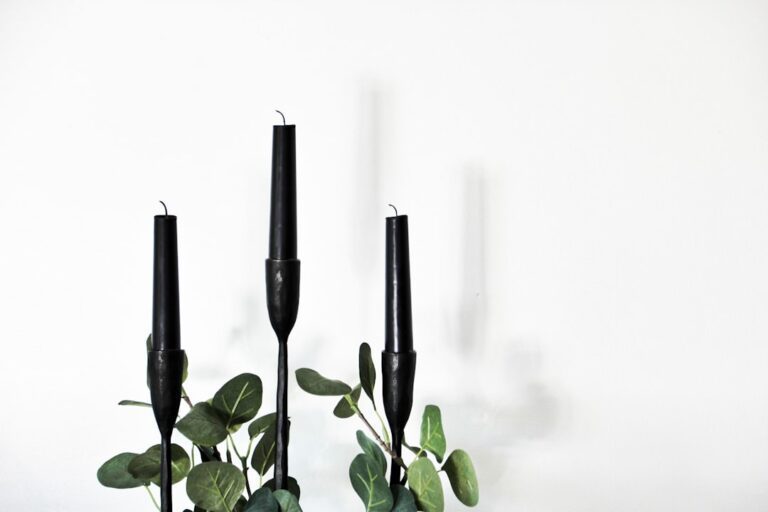How wood wicks work and their unique crackling effect.
Wood wicks have emerged as a popular alternative to traditional cotton wicks in the candle-making industry, captivating enthusiasts and casual users alike with their unique aesthetic and sensory experience. Unlike conventional wicks, which are typically made from braided cotton, wood wicks are crafted from thin strips of wood, often sourced from sustainable forests. This innovation not only enhances the visual appeal of candles but also introduces a distinctive crackling sound reminiscent of a cozy fireplace, creating an inviting atmosphere in any space.
As consumers increasingly seek products that offer both functionality and sensory pleasure, wood wick candles have gained traction for their ability to elevate the ambiance of a room. The allure of wood wick candles extends beyond their auditory charm. They are often associated with a more natural and rustic aesthetic, appealing to those who appreciate artisanal craftsmanship.
The flickering flame of a wood wick candle can evoke feelings of warmth and nostalgia, making them a favored choice for home décor and gifting. Furthermore, the growing trend towards eco-friendly products has led many consumers to explore wood wicks as a sustainable option, aligning with their values of environmental consciousness. As we delve deeper into the science and benefits of wood wicks, it becomes clear why they have carved out a niche in the candle market.
The Science Behind Wood Wick Crackling
The crackling sound produced by wood wicks is not merely a byproduct of burning; it is a fascinating phenomenon rooted in the physics of combustion and the properties of wood. When a wood wick is lit, the heat from the flame causes the moisture within the wood to evaporate. As the moisture escapes, it creates tiny pockets of steam that build up pressure within the wood fibers.
Eventually, this pressure is released in a series of small bursts, resulting in the characteristic crackling sound that many find soothing and reminiscent of a crackling fire. Moreover, the design of wood wicks contributes to their unique burning characteristics. Wood wicks are typically wider than cotton wicks, allowing for a larger surface area that facilitates a more robust flame.
This larger flame not only enhances the candle’s scent throw but also contributes to the crackling effect. The interplay between the wick’s size, the type of wood used, and the candle’s formulation all play crucial roles in determining how well the wick performs. Understanding this science can help candle makers optimize their products for both aesthetic appeal and functional performance.
Benefits of Wood Wicks
One of the primary benefits of wood wicks is their ability to produce a more even burn compared to traditional cotton wicks. The structure of wood allows for a consistent flame that can lead to a longer-lasting candle. This is particularly advantageous for those who enjoy extended burn times without the need for frequent relighting or trimming.
Additionally, wood wicks tend to create a larger melt pool, which can enhance scent diffusion throughout a room, making them ideal for those who prioritize fragrance in their candle experience. Another significant advantage is the sensory experience that wood wicks provide. The crackling sound not only adds an auditory element but also creates an ambiance that many find comforting and relaxing.
This sensory combination can transform an ordinary evening into a cozy retreat, making wood wick candles particularly popular during colder months or special occasions. Furthermore, many consumers appreciate the aesthetic appeal of wood wicks, as they often lend a rustic charm to candle designs that cotton wicks may lack.
Types of Wood Used in Wood Wicks
The choice of wood used in crafting wood wicks can significantly influence both performance and aesthetic qualities. Common types of wood used include cherry, maple, and birch, each offering distinct characteristics that affect burn time, crackling sound, and overall appearance. Cherry wood is often favored for its rich color and pleasant aroma when burned, while birch is known for its clean burn and subtle crackle.
Maple, on the other hand, provides a balanced combination of durability and aesthetic appeal. In addition to these traditional options, some candle makers experiment with other types of wood to create unique experiences for consumers. For instance, cedarwood wicks can impart a warm, earthy scent that enhances the overall fragrance profile of the candle.
The choice of wood not only impacts the sensory experience but also reflects the maker’s commitment to quality and craftsmanship. By selecting specific woods for their wicks, artisans can create candles that resonate with consumers on multiple levels.
How to Use and Care for Wood Wick Candles
Using wood wick candles requires some specific considerations to ensure optimal performance and enjoyment. When lighting a wood wick for the first time, it is essential to allow it to burn long enough to create an even melt pool across the surface of the wax. This initial burn can take longer than with cotton wicks due to the larger flame size.
It is advisable to let the candle burn for at least two hours during its first use to establish an even burn pattern. Caring for wood wick candles involves regular maintenance to ensure they continue to perform well. Trimming the wick is crucial; however, unlike cotton wicks that require trimming to about 1/4 inch, wood wicks should be trimmed to about 1/8 inch before each use.
This helps maintain an optimal flame size and prevents excessive smoking or soot buildup. Additionally, it is important to keep the candle free from drafts and avoid burning it for extended periods—generally no more than four hours at a time—to prevent overheating and ensure safety.
Comparing Wood Wicks to Traditional Cotton Wicks
When comparing wood wicks to traditional cotton wicks, several key differences emerge that can influence consumer preference. One notable distinction is burn quality; wood wicks tend to produce a more consistent flame and longer burn time due to their structural properties. In contrast, cotton wicks may require more frequent trimming and can sometimes lead to uneven burning if not properly maintained.
Another aspect worth considering is scent throw. Wood wicks often create a larger melt pool that allows for better fragrance diffusion throughout a space. This characteristic makes them particularly appealing for those who prioritize scent in their candle experience.
On the other hand, cotton wicks may struggle with scent throw if they are not adequately sized or if the wax formulation does not complement them well. Ultimately, personal preference plays a significant role in determining which type of wick is favored; some individuals may prefer the traditional feel of cotton wicks while others are drawn to the unique qualities offered by wood wicks.
Environmental Impact of Wood Wicks
The environmental impact of wood wick candles is an important consideration for eco-conscious consumers. Many manufacturers prioritize sustainability by sourcing their wood from responsibly managed forests or using reclaimed materials. This practice not only reduces deforestation but also minimizes waste by repurposing materials that might otherwise be discarded.
Additionally, many candle makers utilize natural waxes such as soy or beeswax in conjunction with wood wicks, further enhancing the eco-friendliness of their products. However, it is essential for consumers to research brands and their sourcing practices before making purchases. Not all wood wick candles are created equal; some may use unsustainable practices or materials that do not align with environmentally friendly values.
By choosing brands committed to sustainability and transparency in their sourcing methods, consumers can enjoy their candles while supporting responsible practices that benefit both people and the planet.
The Appeal of Wood Wick Candles
The growing popularity of wood wick candles reflects a broader trend towards seeking unique sensory experiences in everyday products. With their distinctive crackling sound, longer burn times, and aesthetic appeal, these candles offer more than just illumination; they create an atmosphere that resonates with comfort and nostalgia. As consumers become increasingly aware of their choices’ environmental impact, wood wick candles present an opportunity to indulge in luxury while supporting sustainable practices.
In essence, wood wick candles encapsulate a blend of artistry and functionality that appeals to diverse audiences—from those seeking relaxation after a long day to individuals looking for thoughtful gifts that convey care and consideration. As this trend continues to evolve, it will be fascinating to see how candle makers innovate further within this niche market while maintaining their commitment to quality and sustainability.
If you’re interested in learning more about candle making and creating your own unique masterpieces, check out this informative article on basic candle making. Understanding the different types of wax used in candle making is crucial to achieving the desired results, as discussed in this helpful guide on candle making wax types. These resources can provide valuable insights into the craft of candle making and help you enhance your skills in creating beautiful and fragrant candles.
FAQs
What are wood wicks?
Wood wicks are a type of wick used in candles that are made from natural wood. They are designed to create a unique crackling sound when burned, similar to the sound of a fireplace.
How do wood wicks work?
Wood wicks work by drawing the melted wax up the wick and releasing it as fuel for the flame. The unique crackling sound is created by the natural properties of the wood as it burns.
What is the unique crackling effect of wood wicks?
The unique crackling effect of wood wicks is created by the natural properties of the wood as it burns. The crackling sound is reminiscent of a cozy fireplace and adds to the overall ambiance of the candle.
Are wood wicks safe to use?
Wood wicks are generally considered safe to use in candles. However, it is important to follow the manufacturer’s instructions for proper usage and to never leave a burning candle unattended.
Do wood wicks produce more smoke than traditional wicks?
Wood wicks typically produce less smoke than traditional cotton wicks. However, it is still important to trim the wick before each use to prevent excessive smoke and soot.













